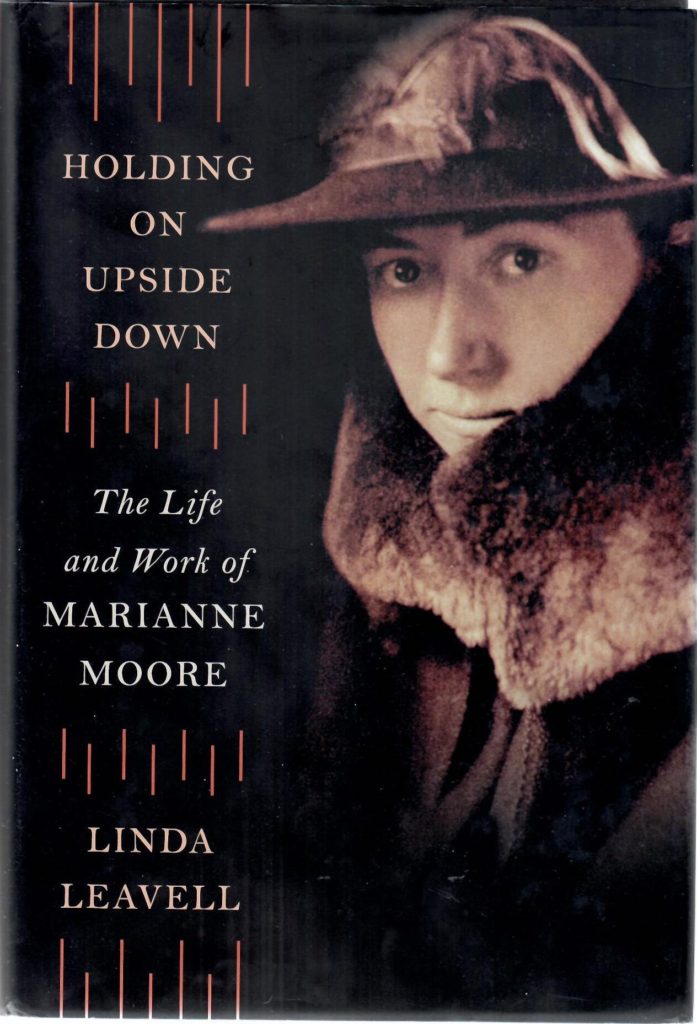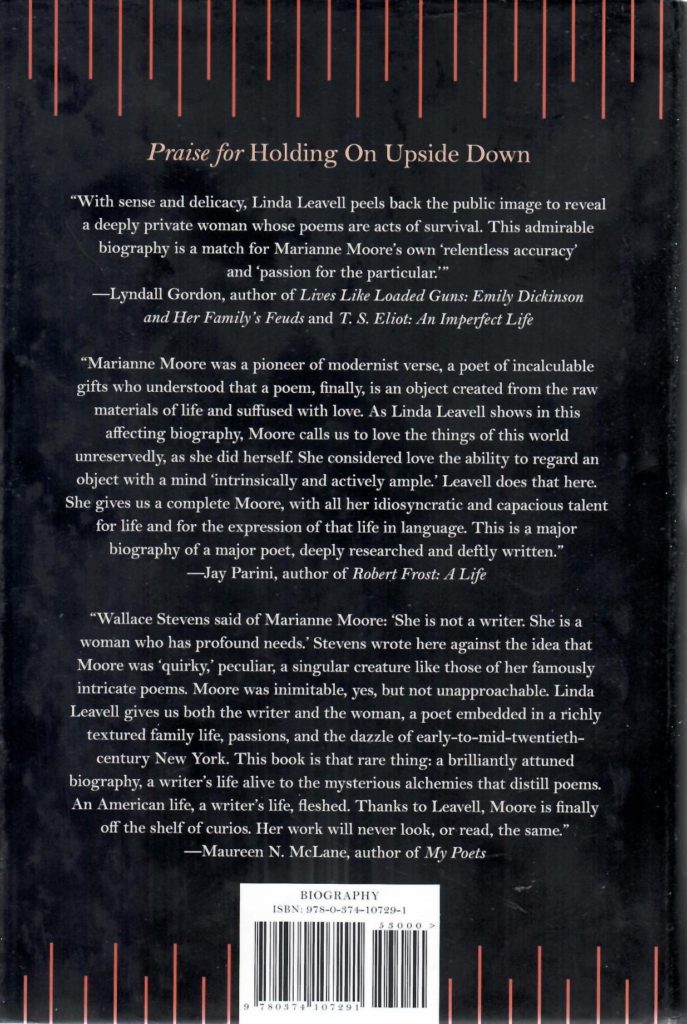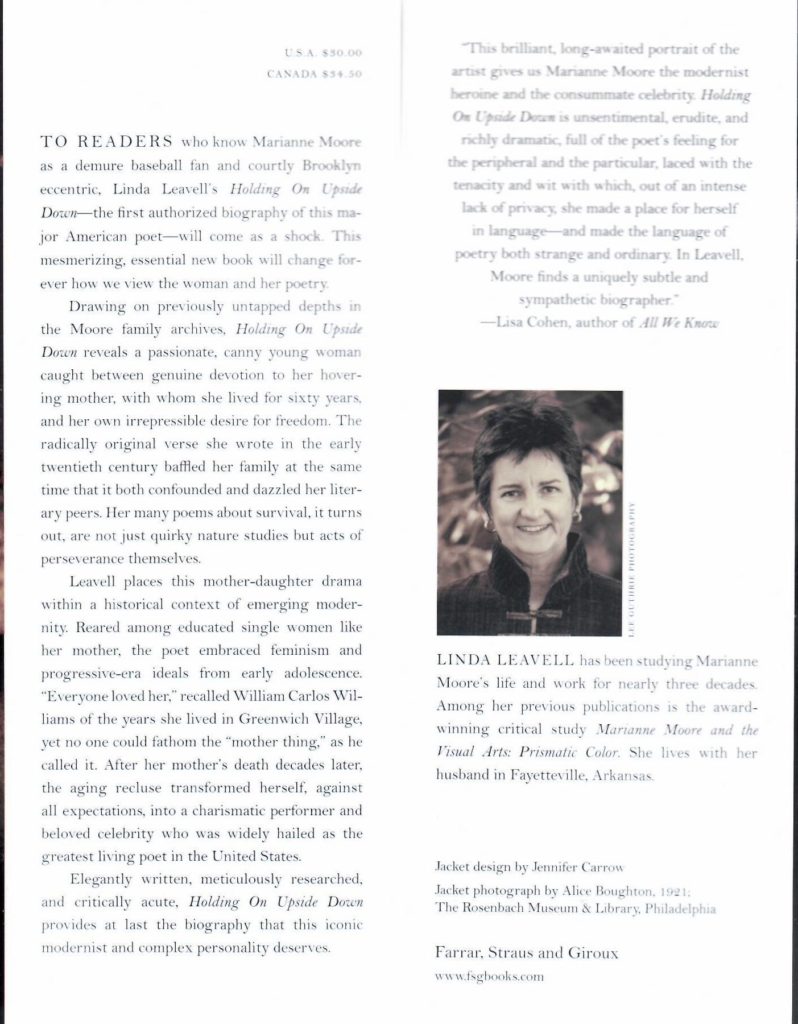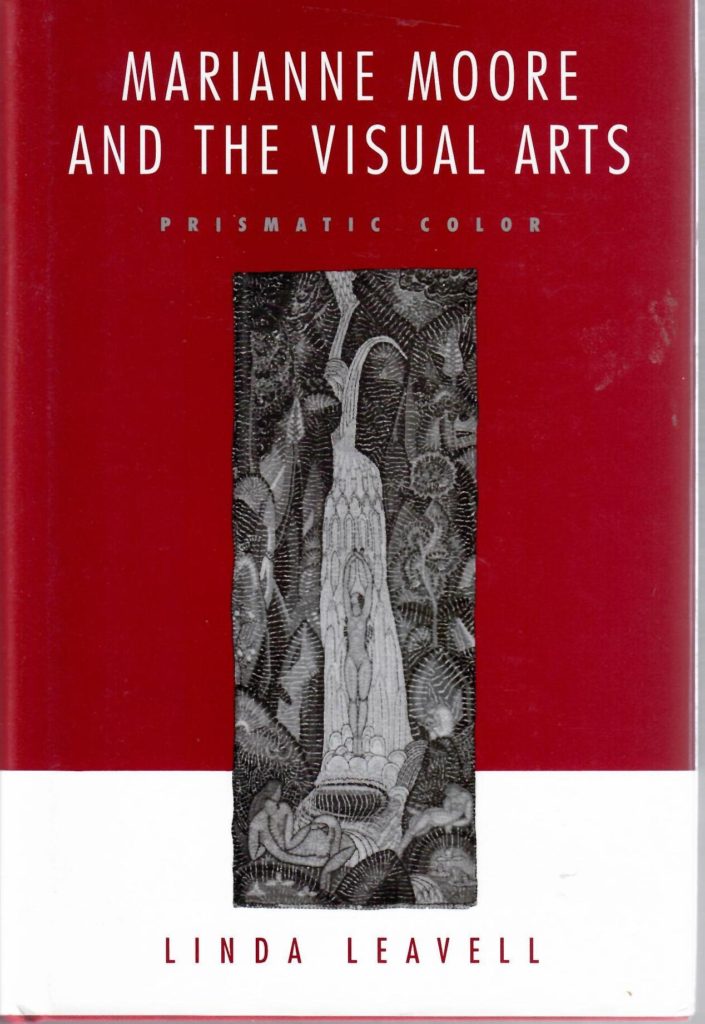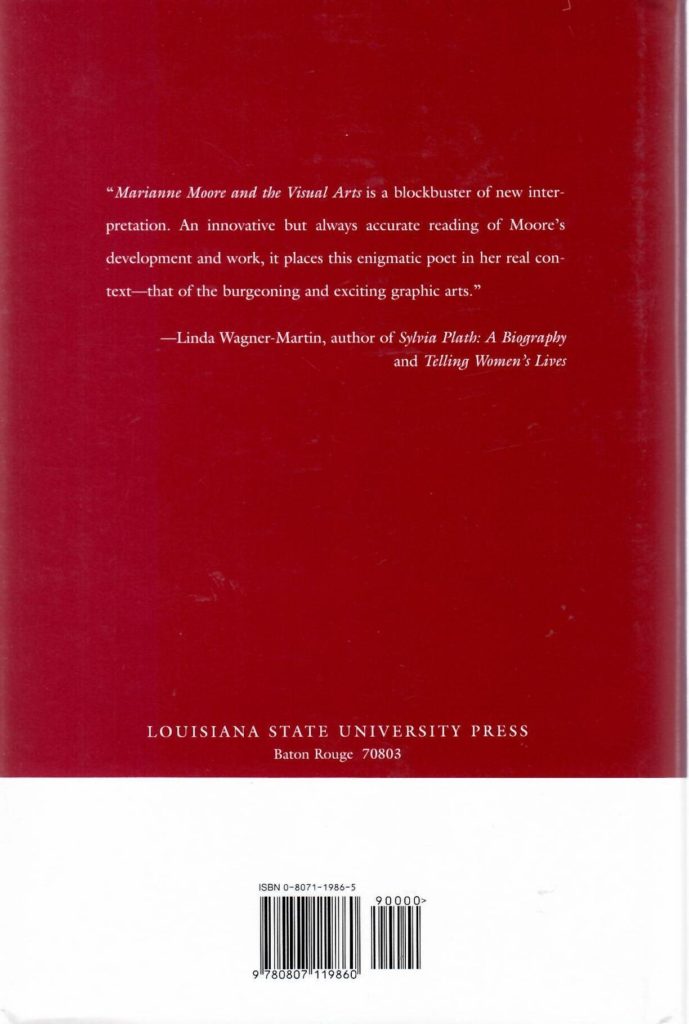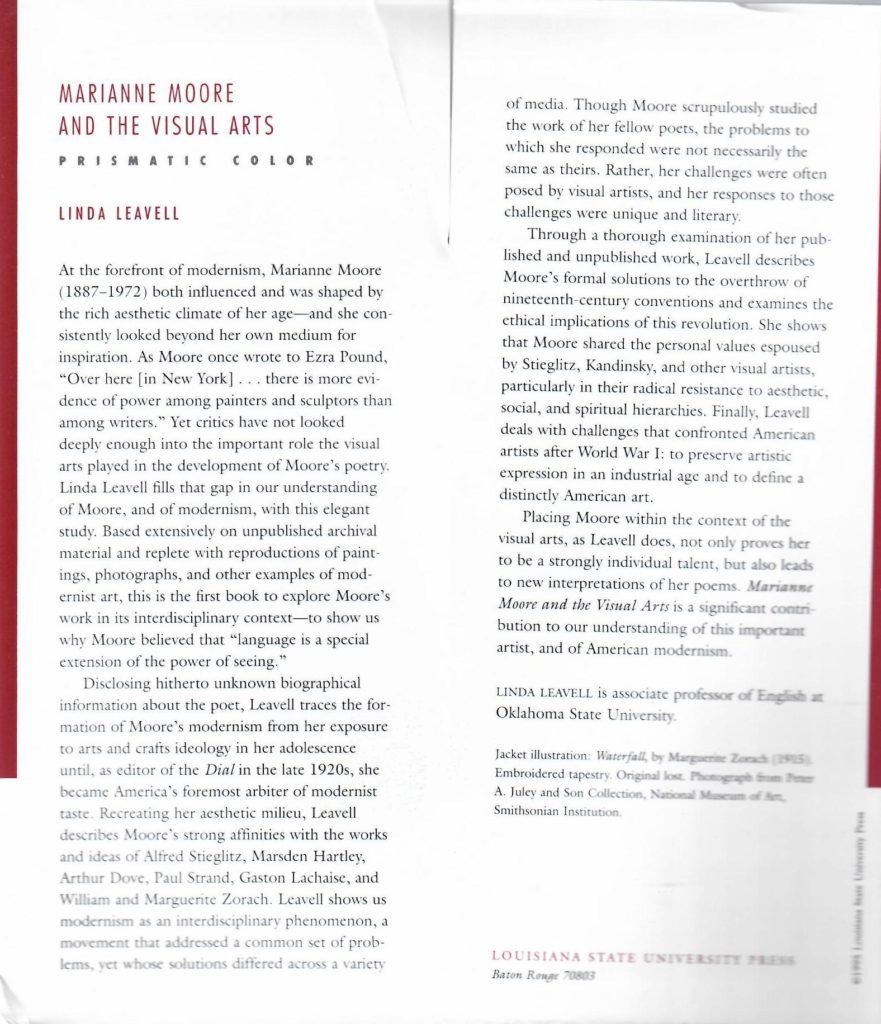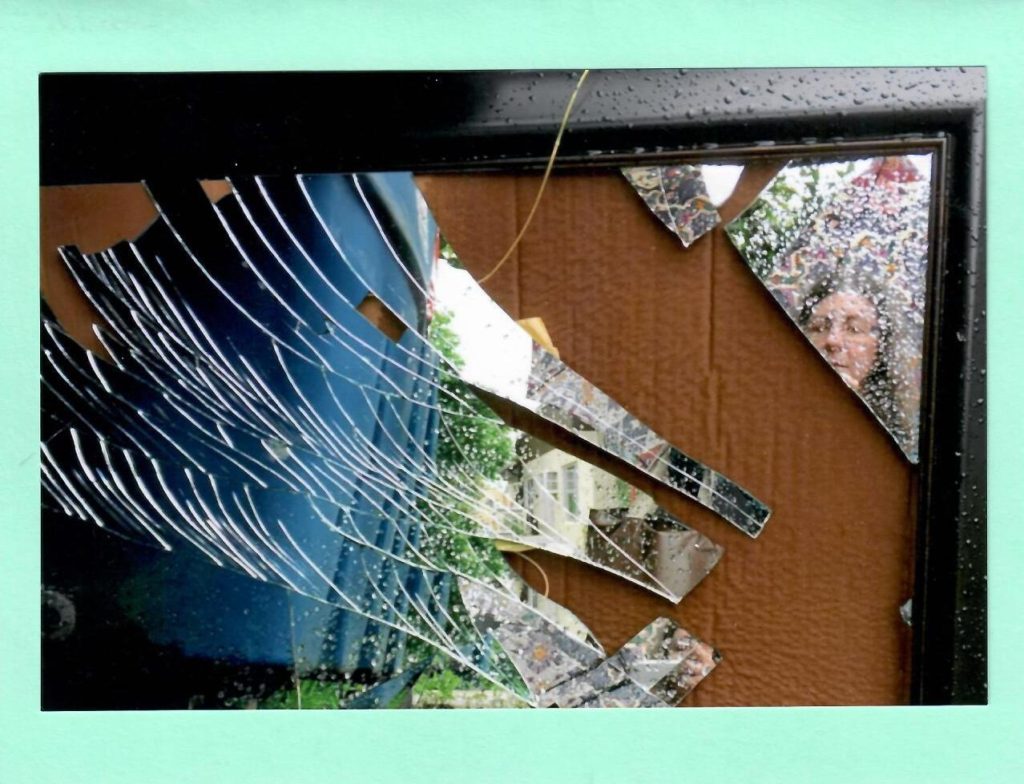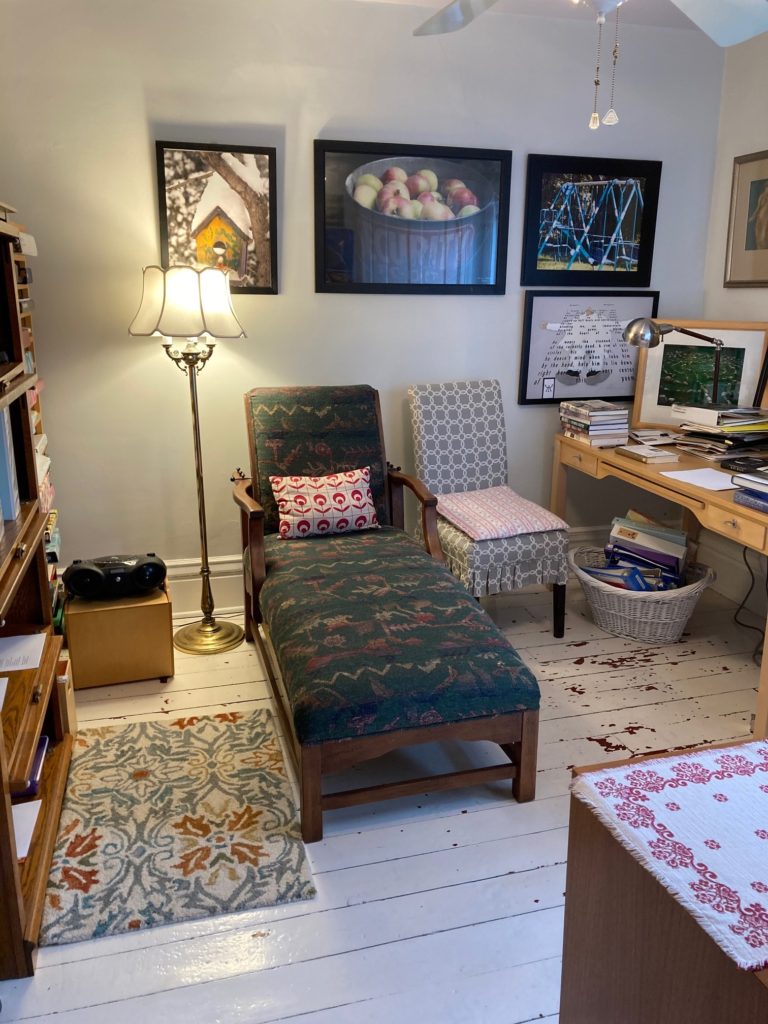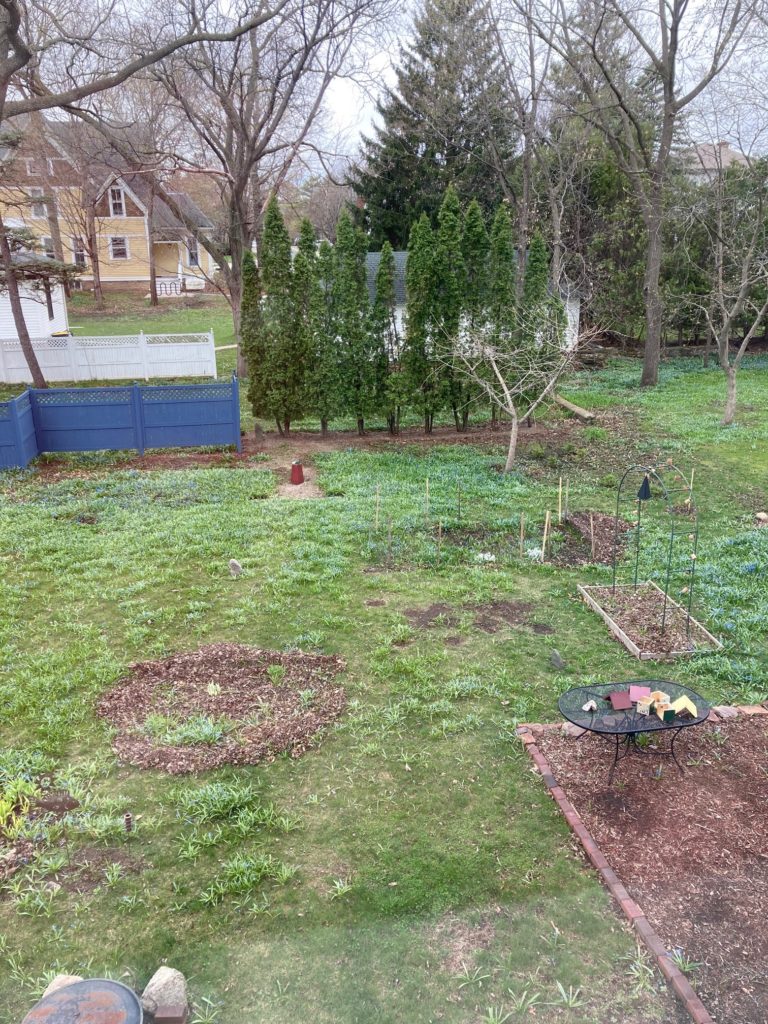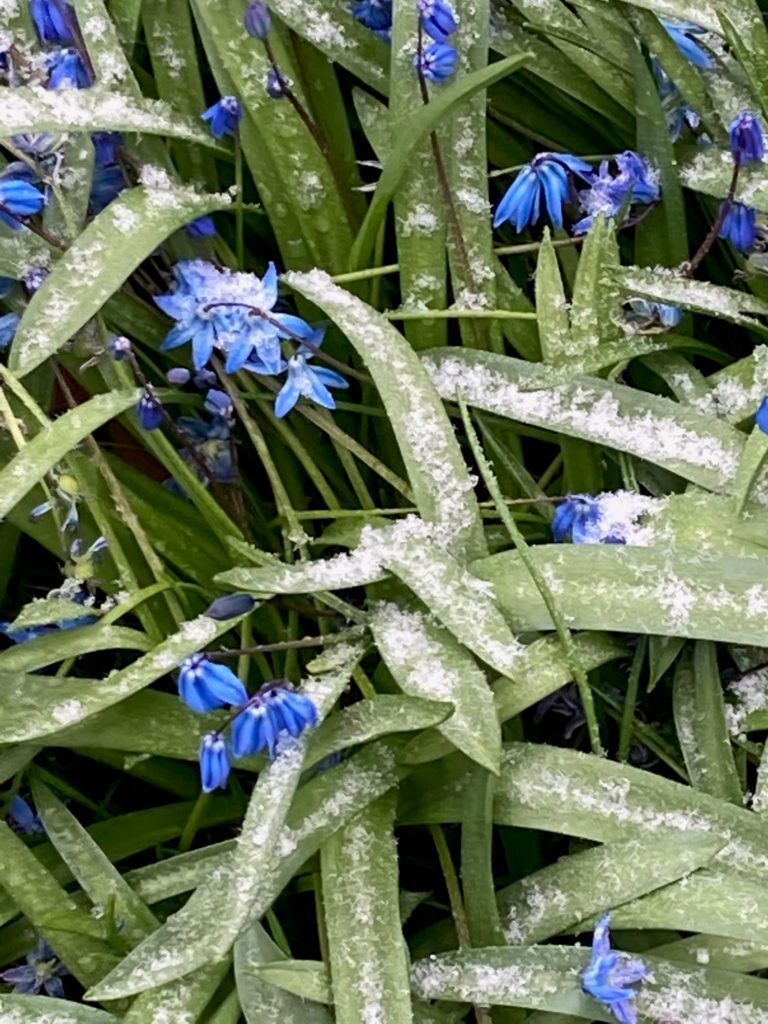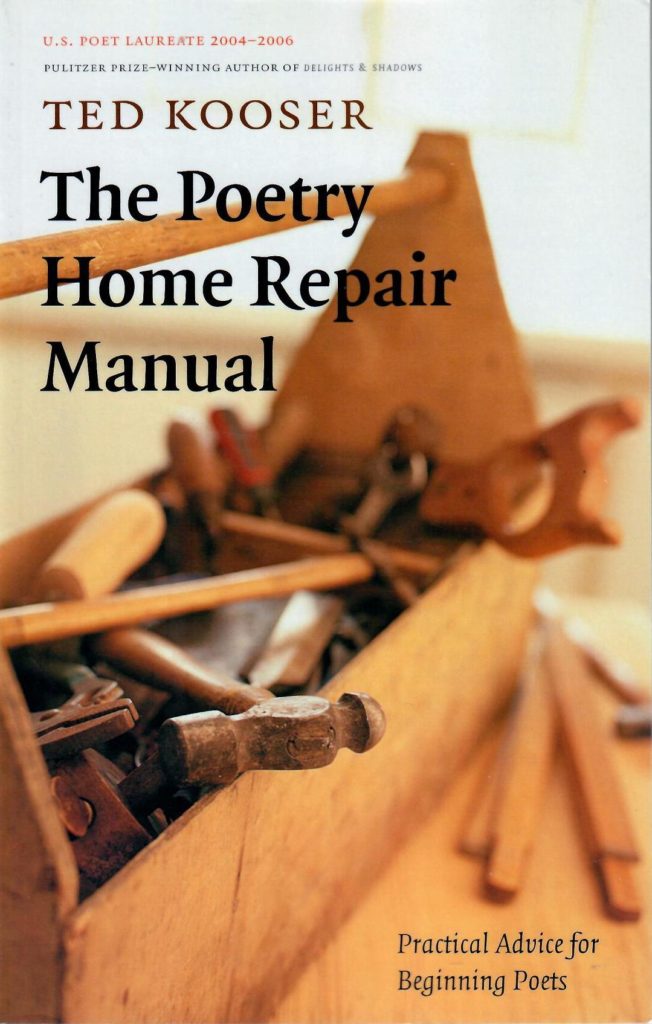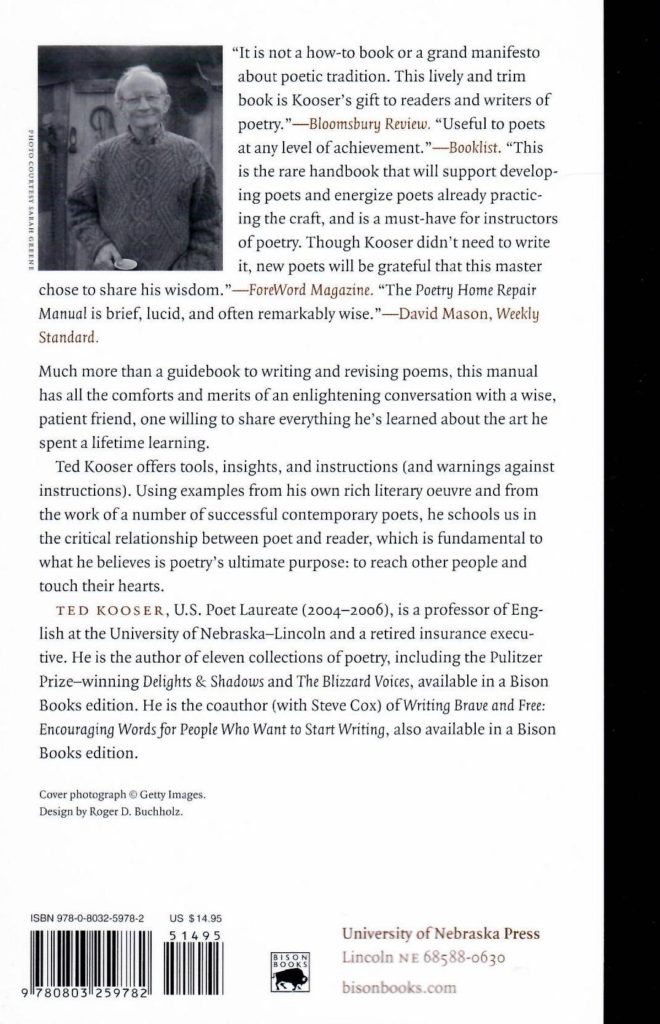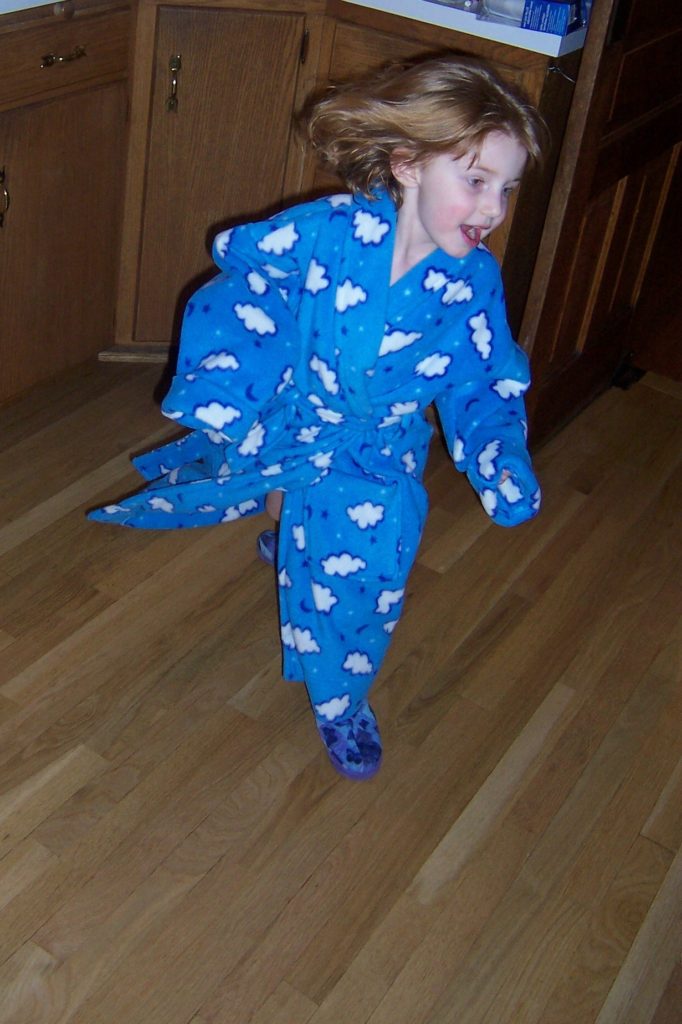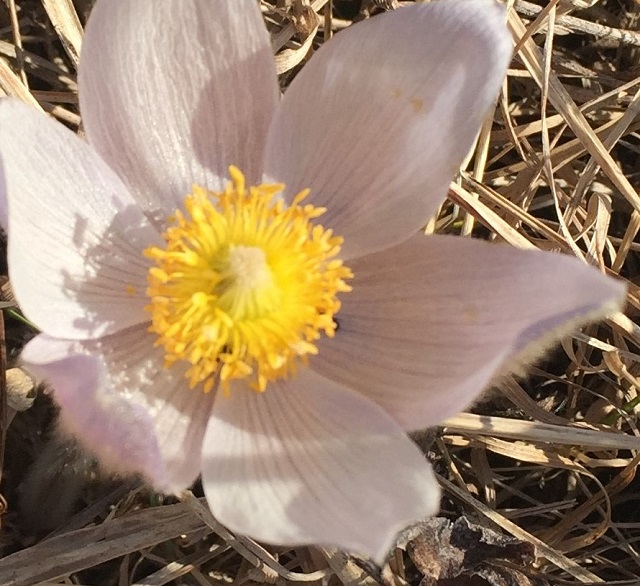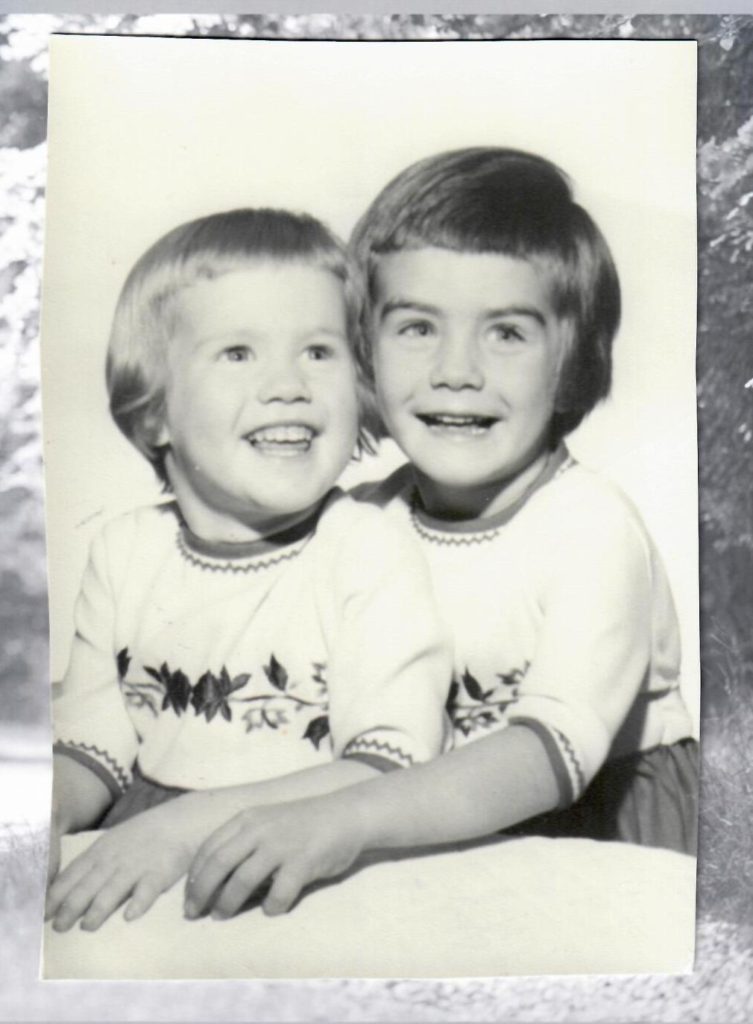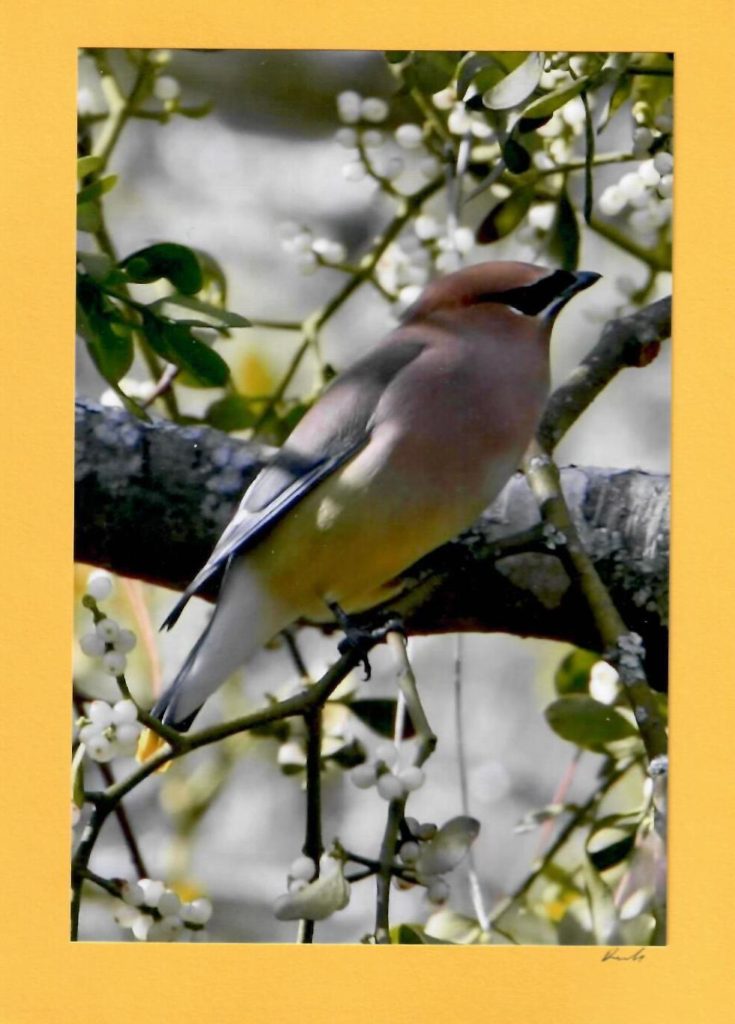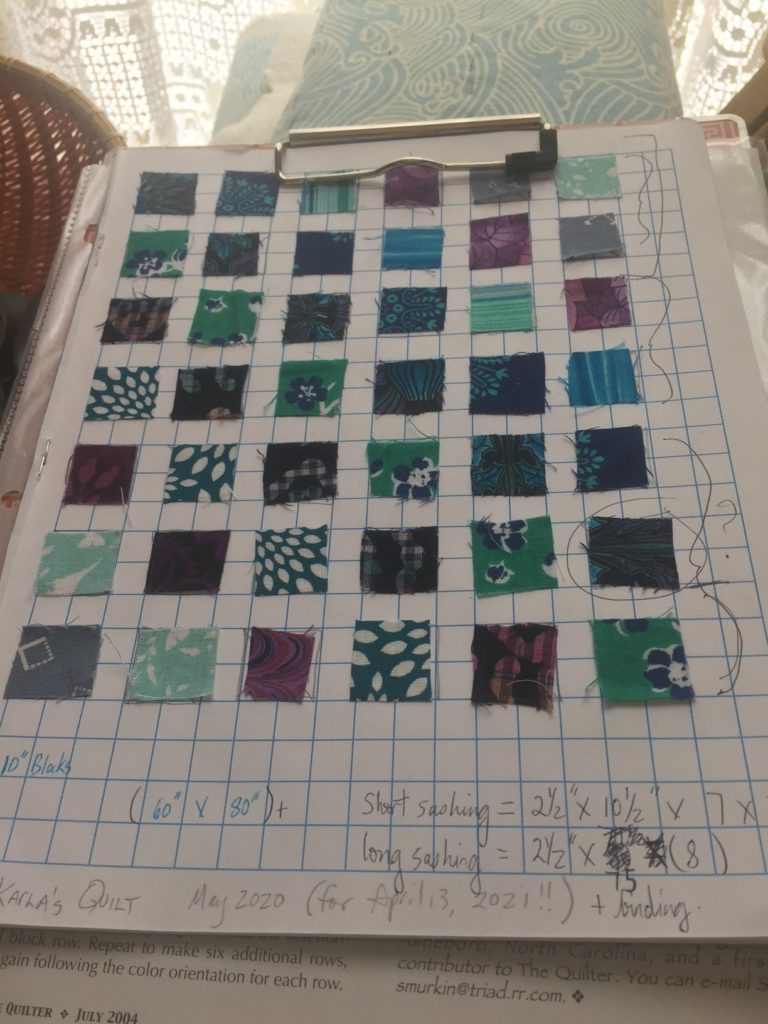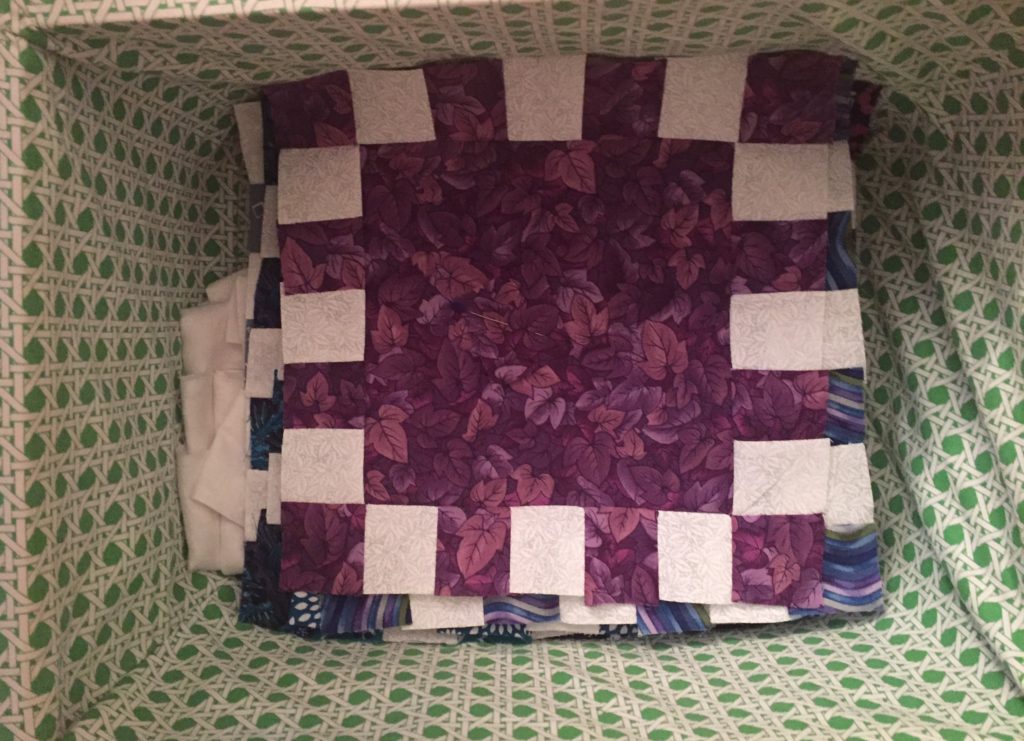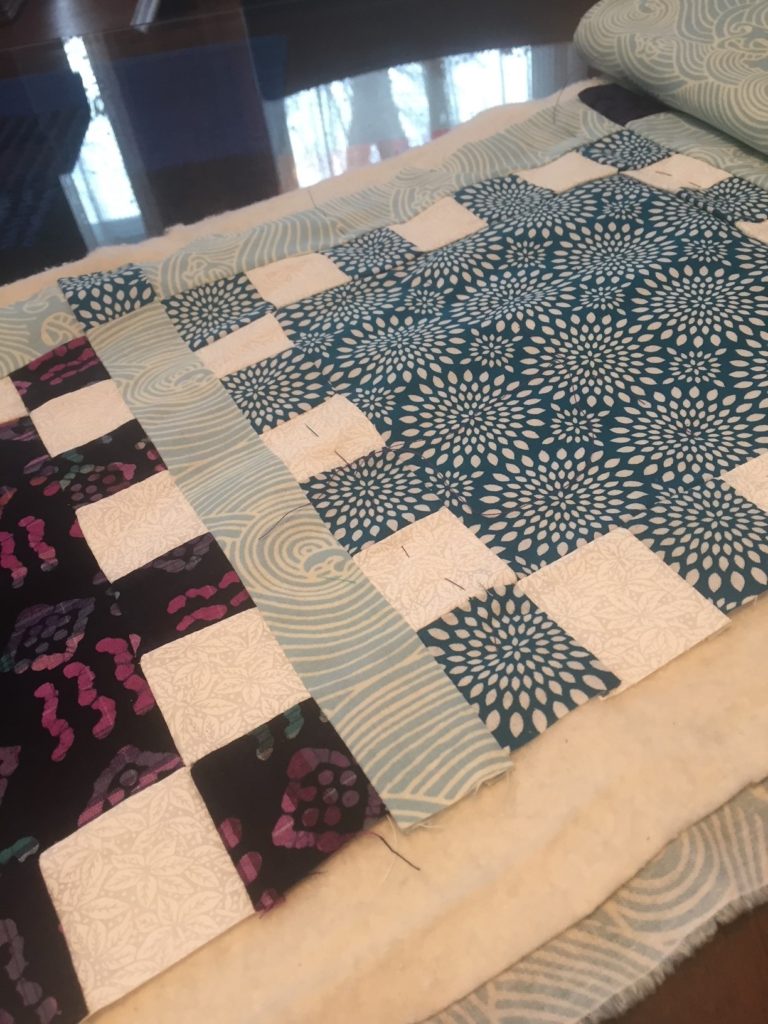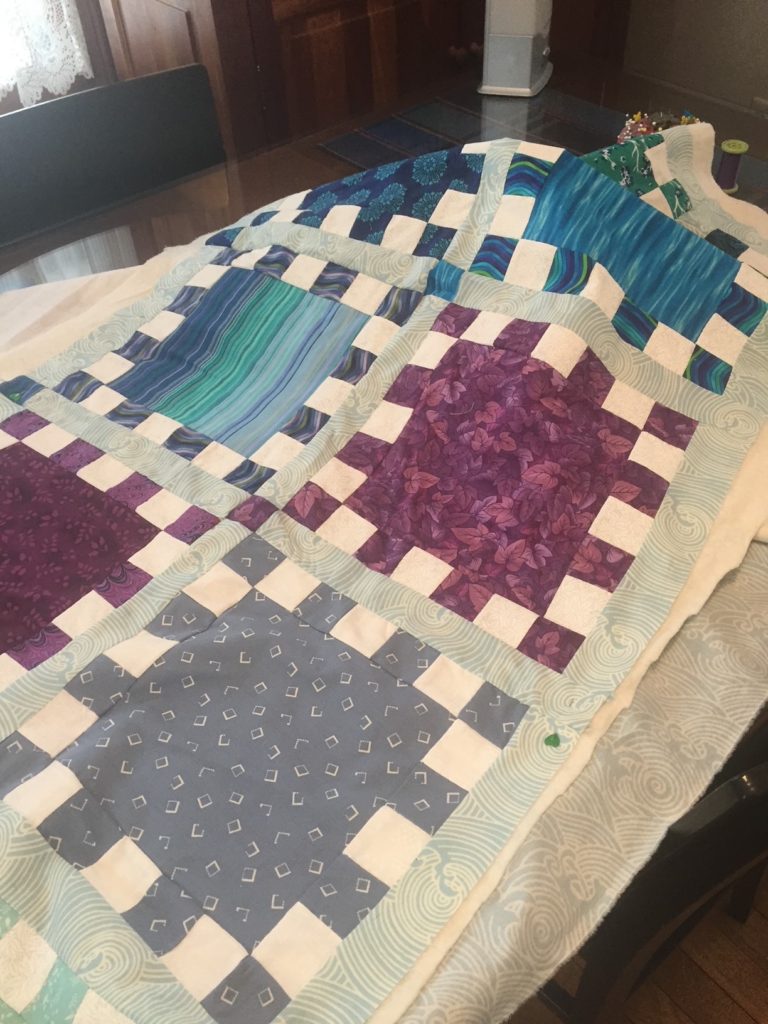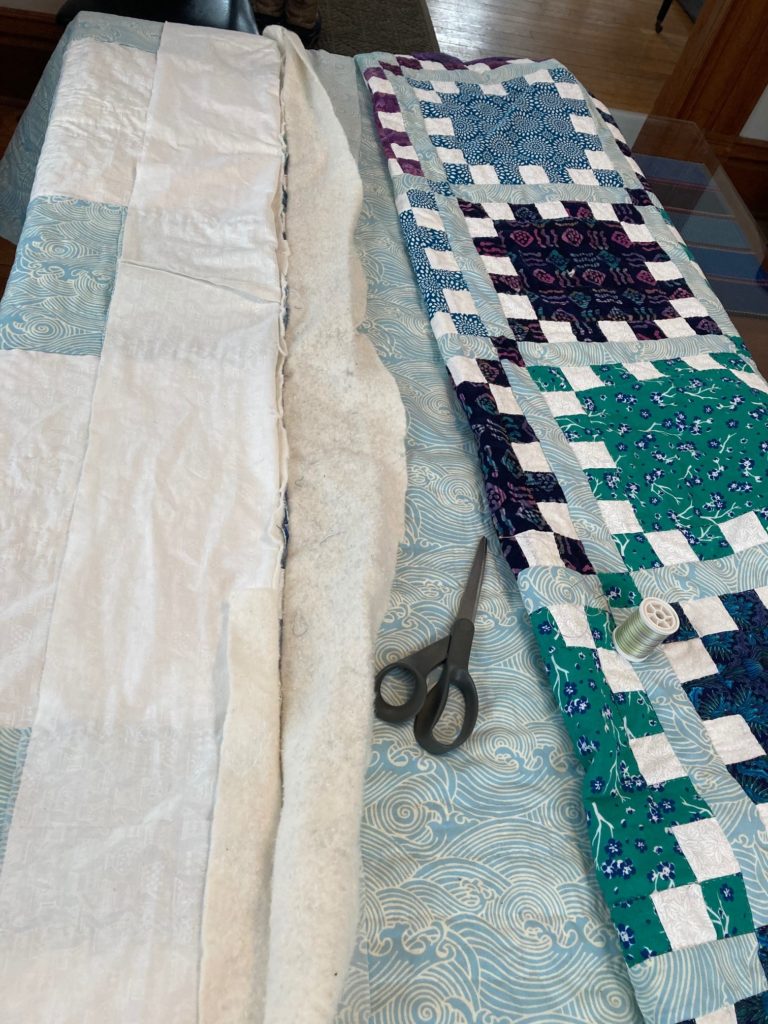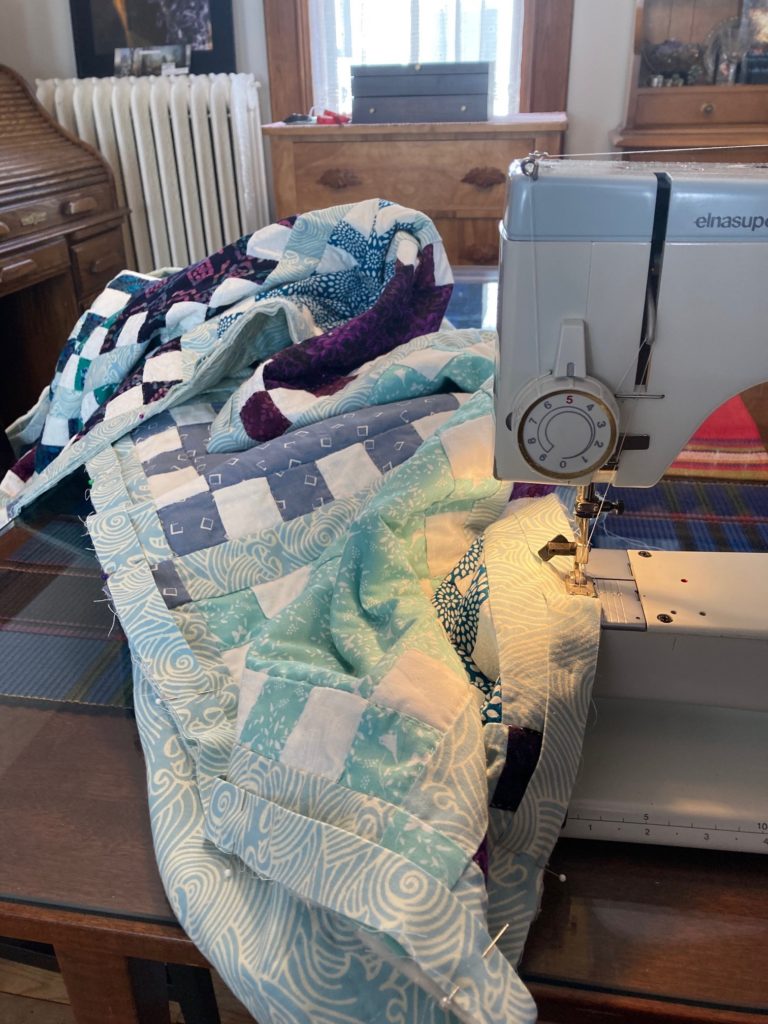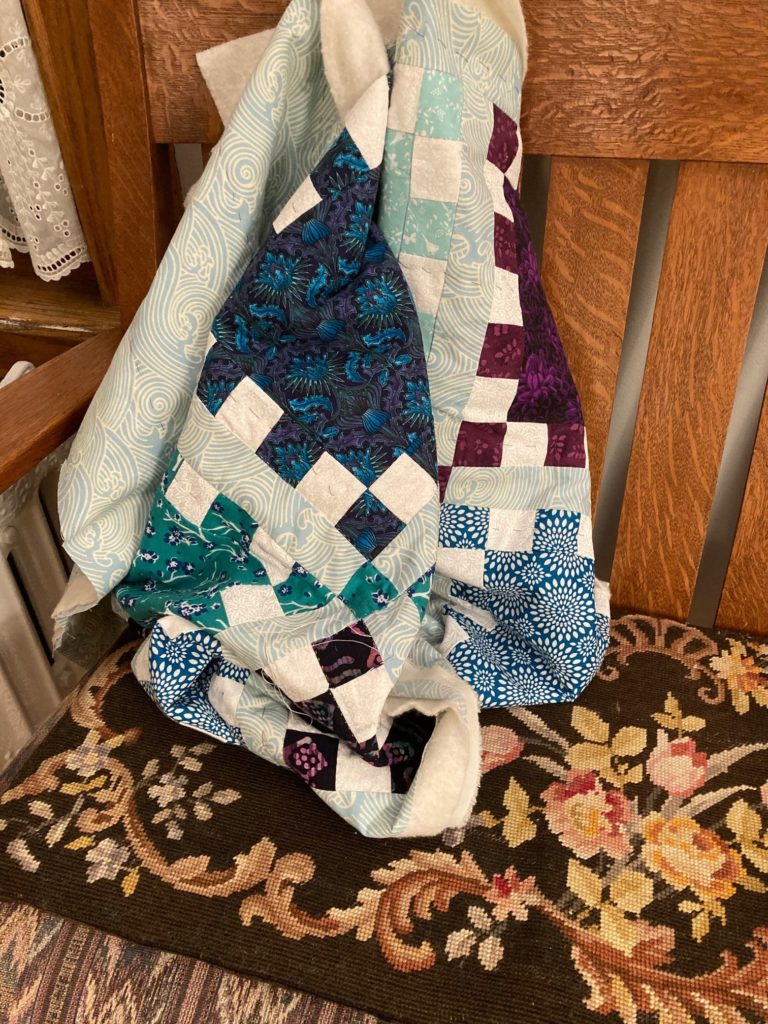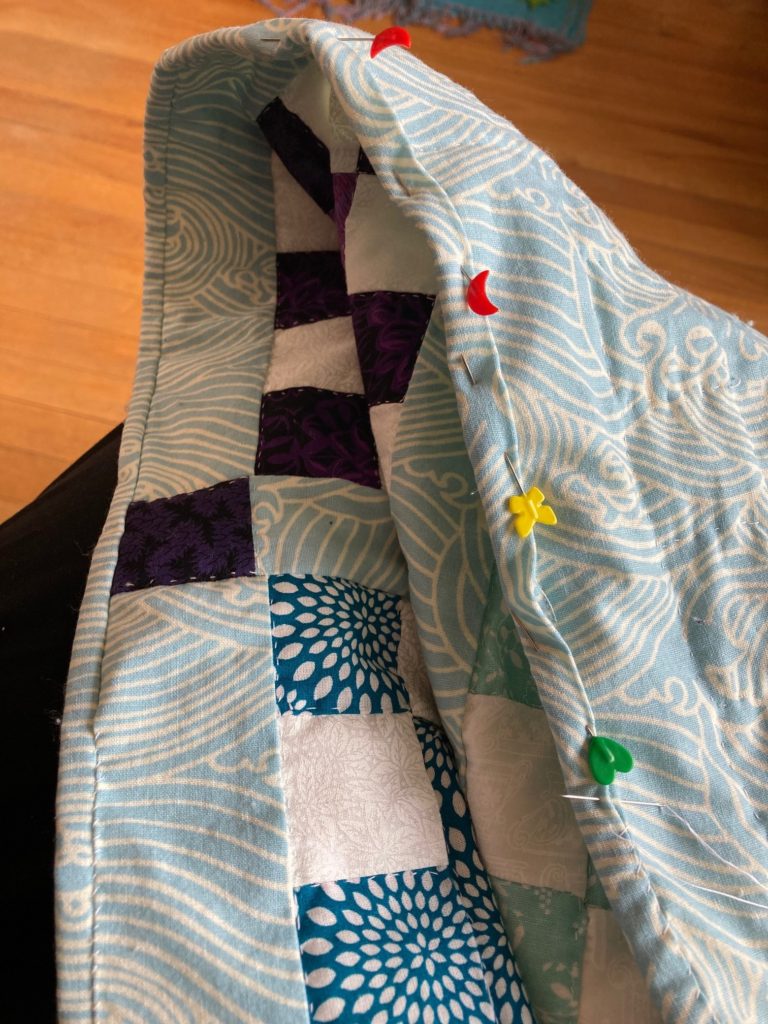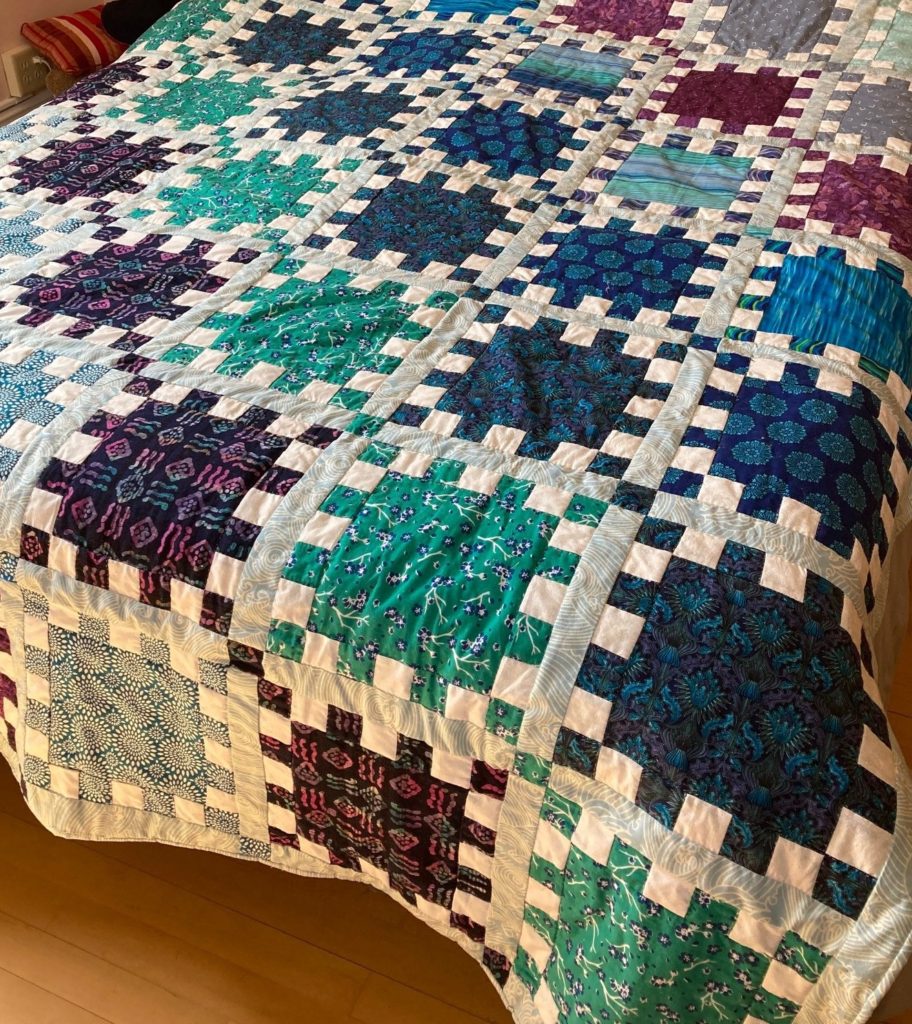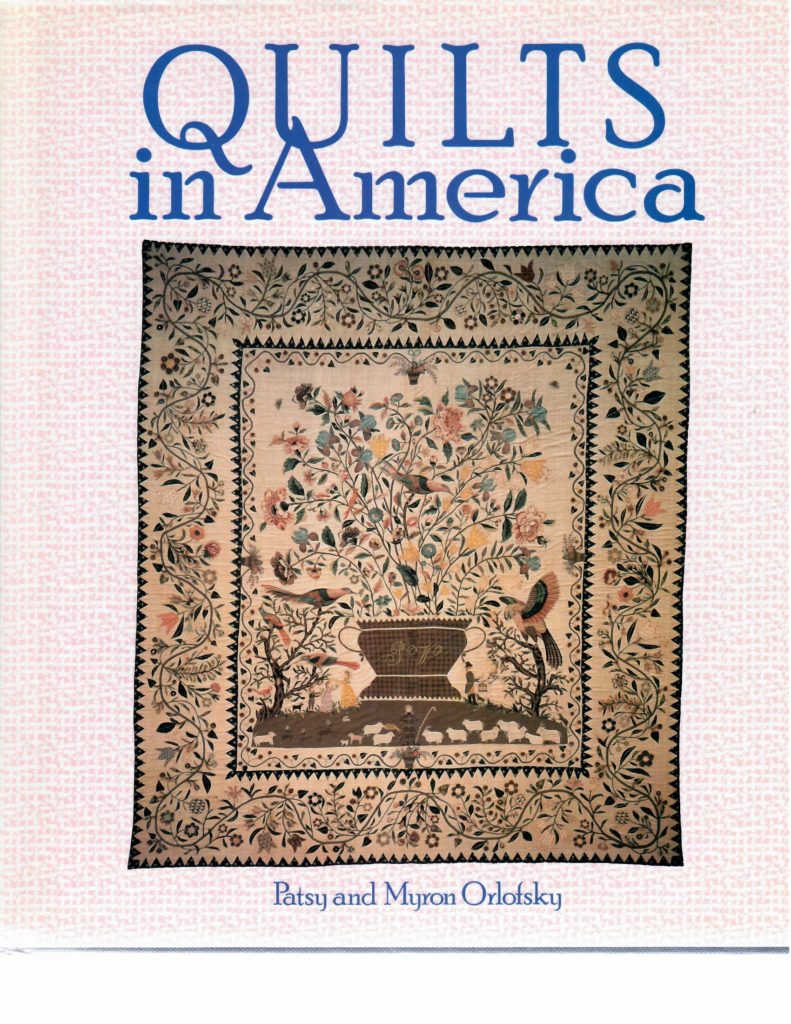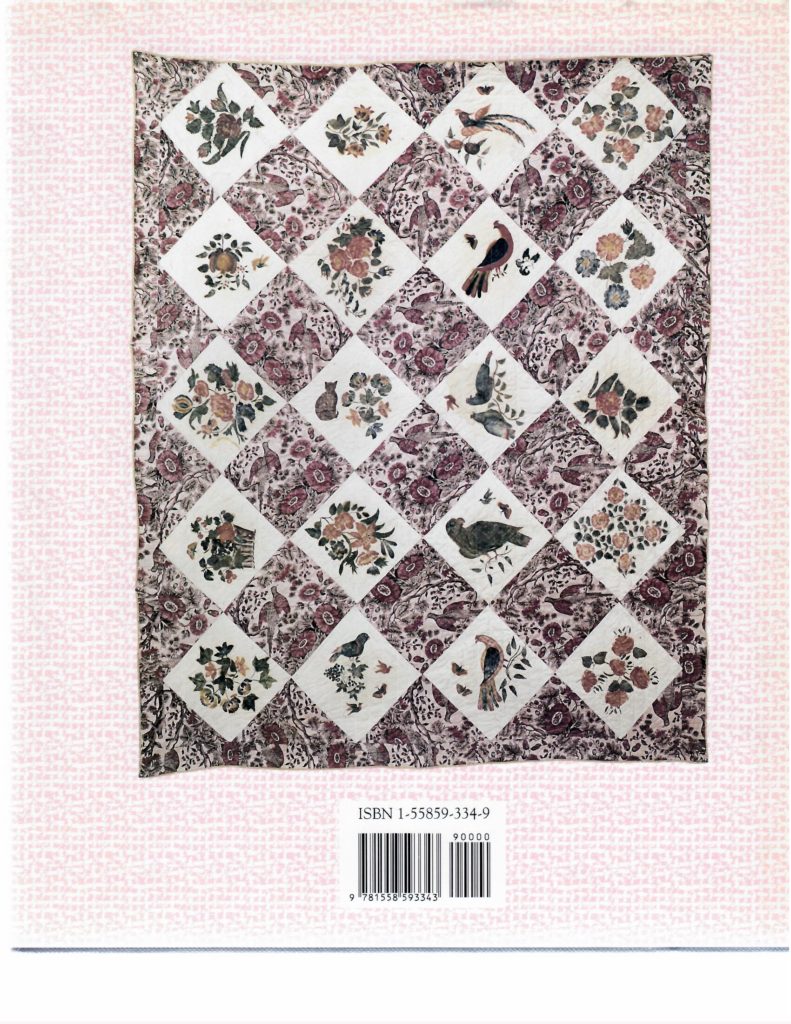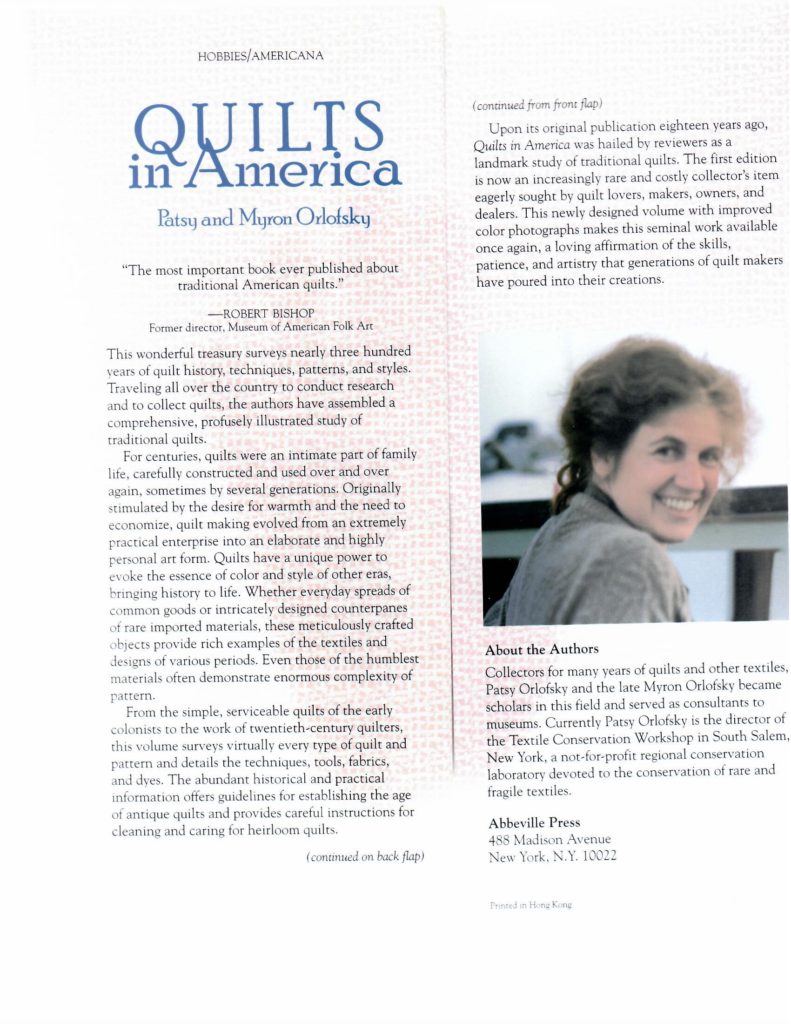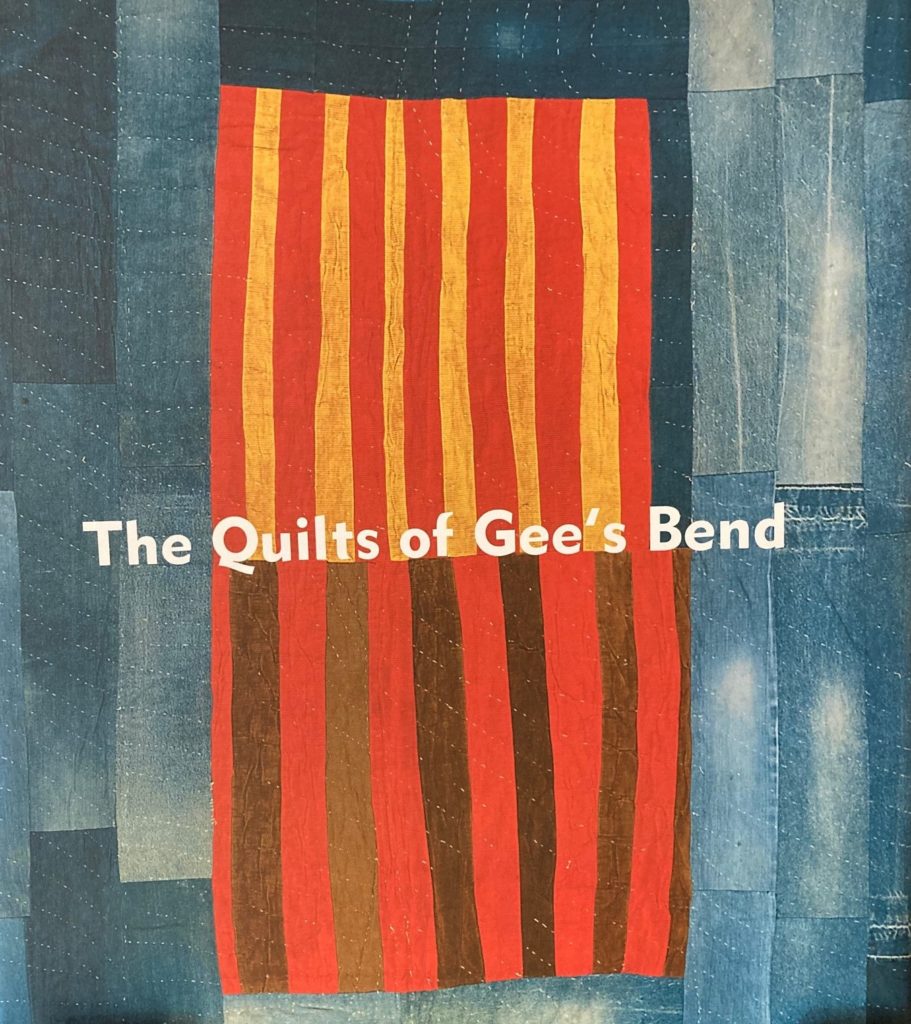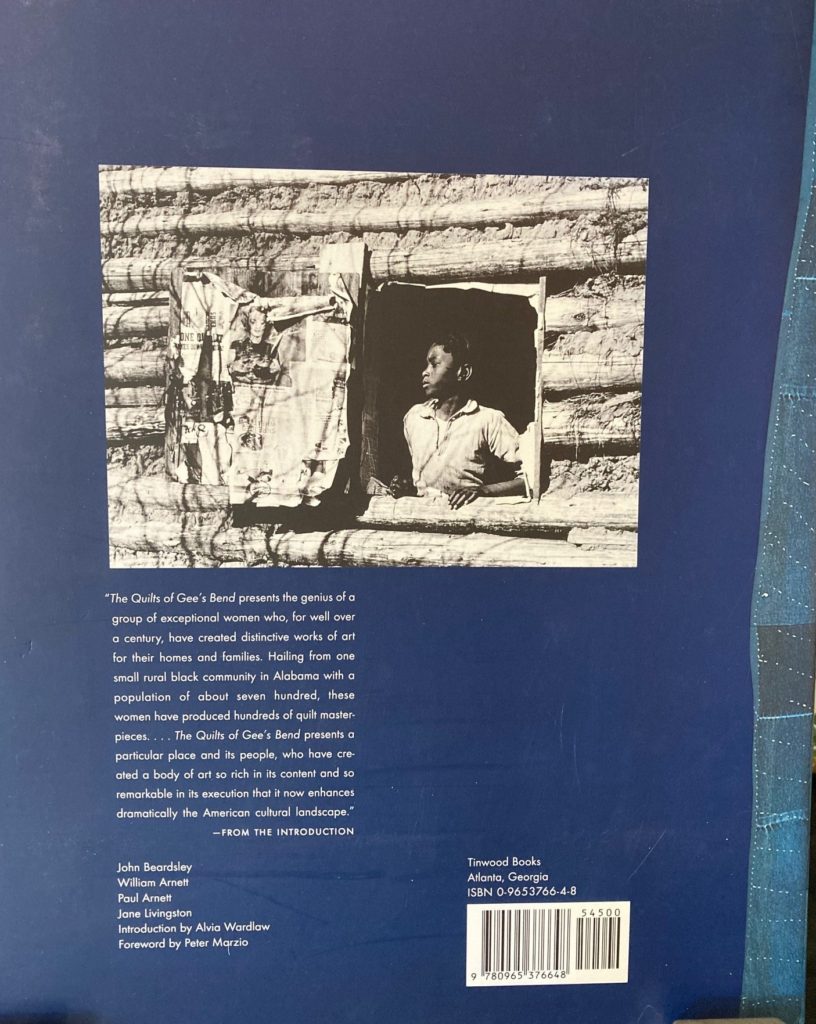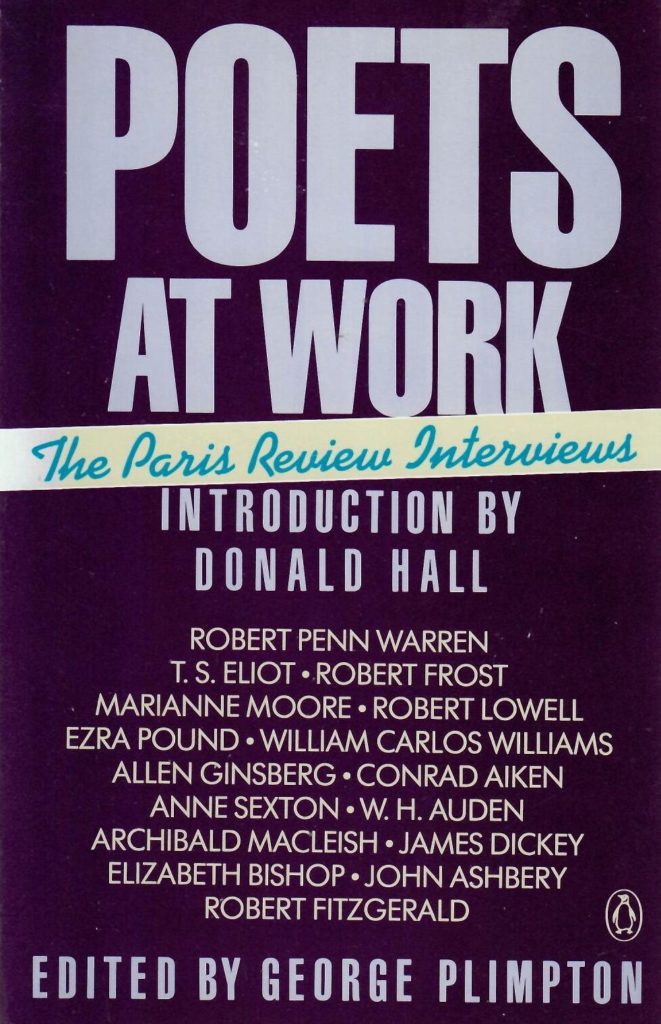
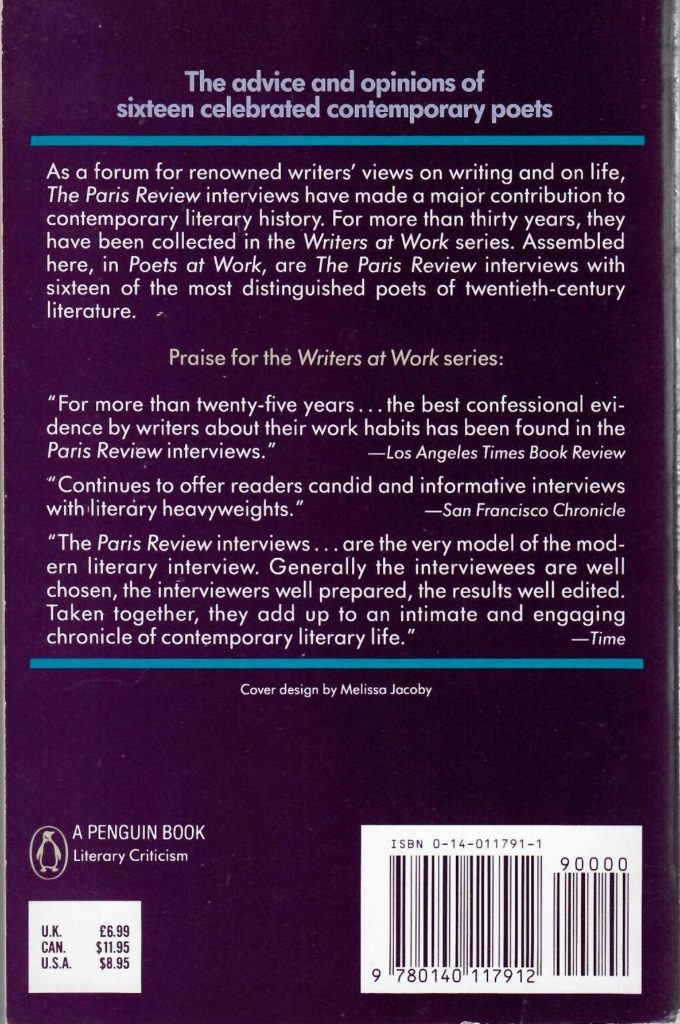
This collection of interviews, Poets at Work (Penquin, 1989), conducted over of many years under the auspices of The Paris Review and the editorial eye of George Plimpton and introduced by Donald Hall, is a repackaged subset of the larger and more well known, multiple volume Writers at Work series (I-VI). The several interviews with poets in series VII and VIII (Philip Larkin, May Sarton, John Ashbery, Joseph Brodsky, Derek Walcot, and Robert Fitzgerald) are, lamentably, not included here. What is included, however, allows the reader to eavesdrop on conversations concerning the nuts and bolts of writing practice, as well as broader topics of biography, temperament, craft, subject, and theme for a diverse group of highly accomplished poets of the twentieth century.
Almost as interesting as the interviews are the interviewers and what they bring to the conversation. For instance, Donald Hall, an esteemed poet himself was a founder of The Paris Review, and was a true man of letters, winning kudos not only in his poetry but in his many books for children, and prose writings, as well as for his prolific work as an editor. Hall was the interviewer for these conversations with T.S. Eliot, Marianne Moore, and Ezra Pound. Elizabeth Spires, another acclaimed poet, whose books for children include The Mouse of Amherst, interviews Elizabeth Bishop. (Hall posits, in his introduction, that this interview might be the best of all, because Bishop knows how to tell a story well, and shares a story of a poetry reading by young Robert Lowell.)
The interviews stand alone, but taken together they add up to a sum greater than their parts. It is not mere gossip, but rather the multiple points of view toward each other, and toward the employment of an exacting (yet hazy, too) craft at a particular time and place in world history. Hall concludes his introduction by musing about this sense of generosity and community that underlies the literary enterprise in poetry, exploding the stereotypes of alienated loners working in isolation. He writes, “This community is not–or it need not be–the sordid business of favor trading; nor is it merely a series of acts of kindness, like Boy Scouts helping old folks across the streets. It resembles more nearly the DNA that uses human bodies to replicate itself. This collaboration supports a mutual and enduring endeavor. Poets do not take turns helping each other over difficulties. They work together to build the house of poetry.”
Regarding the Poem for April 16, 2021, “Nuance”:
Today’s small poem comes from pondering the letter “N” and from wondering about the boundaries between defined thises and thats. When does a cloud become rain or snow? Or dew? Or fog? The beautiful and mesmerizing shifting between one state and another (when does ripening become decay? Or blossom become fruit?) applies to states of perception and identity, too, of course, and this indeterminancy seems hard-wired (?!) into the fabric of the universe, and so into us. Who knows what we will each do next?
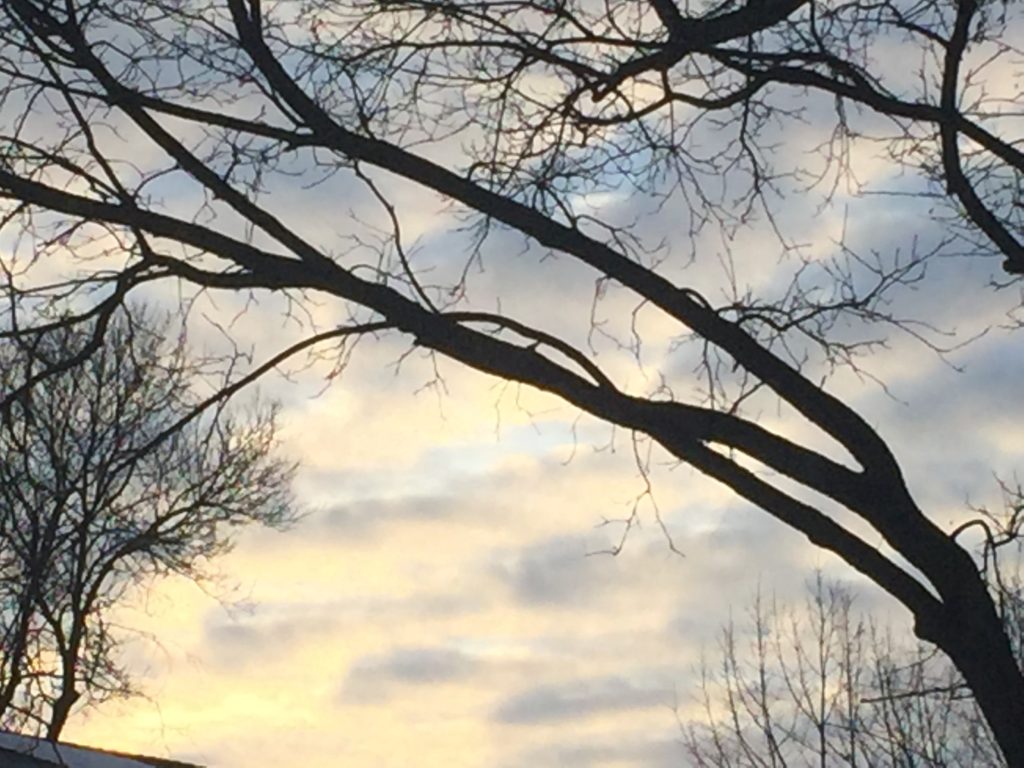
Until tomorrow,
LESLIE

